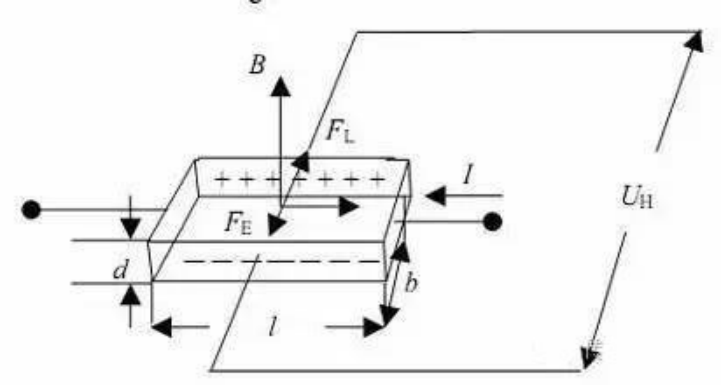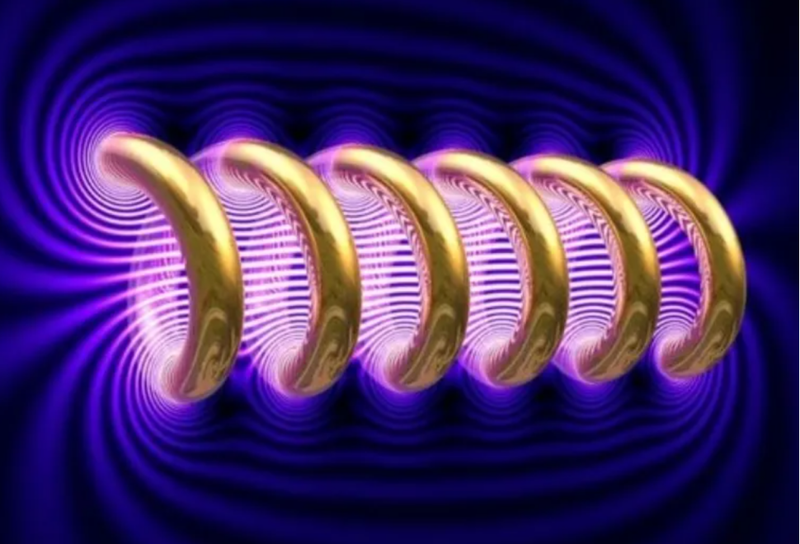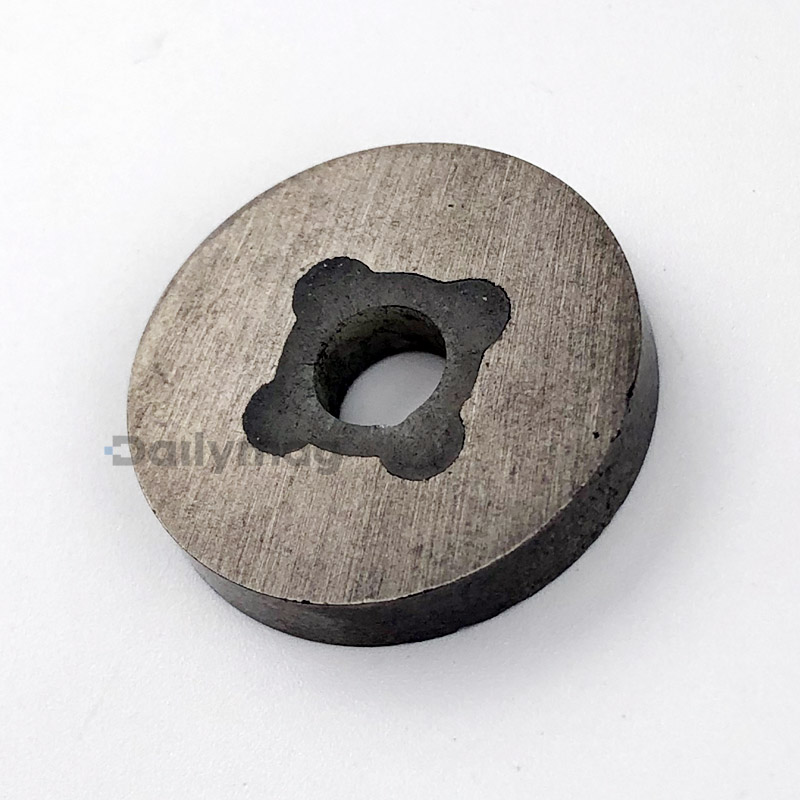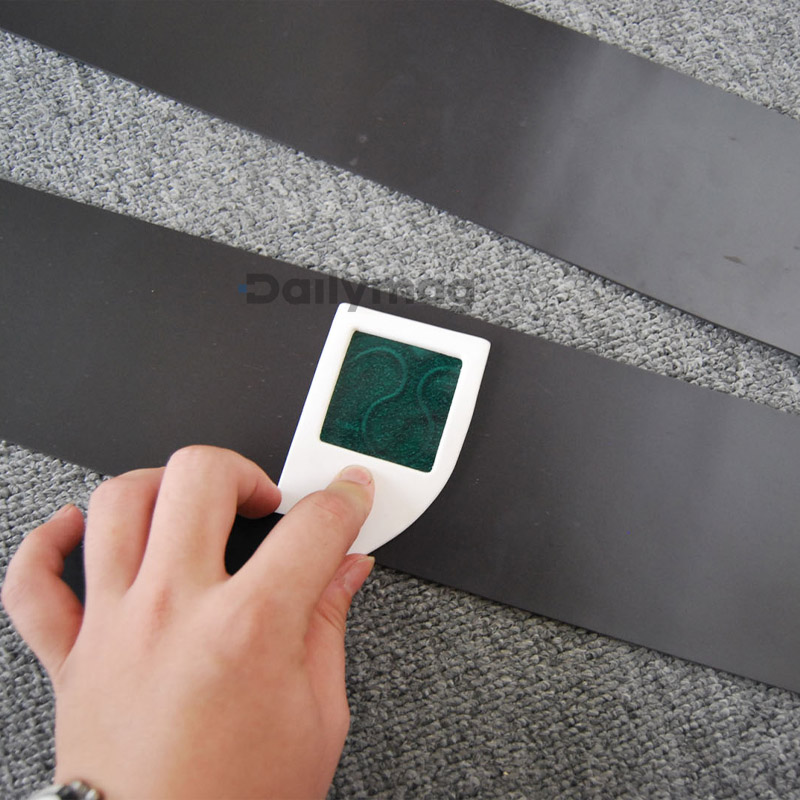How is A Magnetic Field Measured
The measurement of magnetic flux, magnetic flux density, magnetomotive force, magnetic field strength, etc. in space or magnetic materials is one of the important contents of magnetic quantity measurement. The magnetic flux density in space is proportional to the magnetic field strength, and the measurement of the magnetic field strength in space is essentially the measurement of the magnetic flux density. Therefore, what is measured by the magnetometer is actually the magnetic flux density. Magnetic field measurements are mainly carried out with magnetic measuring instruments. According to the nature of the measured magnetic field, the magnetic field measurement is divided into a constant magnetic field measurement and a changing magnetic field measurement.

For the measurement of DC magnetic fields that do not vary with time. There are 7 types of measuring instruments that we commonly use:
- Moment magnetometer: Magnetometer for short. The force effect of a magnetic field is used to measure the strength of a magnetic field or the magnetization of a material.
- Magnetic flowmeter and impact ammeter (see ammeter): used for measuring magnetic flux and magnetic flux density in the impact method (see soft magnetic material measurement). During measurement, the magnetic flux in the detection coil must be artificially changed.
- Rotating coil magnetometer: In the constant magnetic field to be measured, place a small detection coil and make it rotate at a constant speed. By measuring the electromotive force of the coil, the magnetic flux density or magnetic field strength can be calculated. The measuring range is 0.1 mtex to 10 tex. The error is 0.1~1%. The detection coil can also be turned over suddenly or quickly moved to the field-free area, and the magnetic flux density can be measured according to the principle of the shock method.
- Fluxgate magnetometer: The iron core made of soft magnetic material with high magnetic permeability is subjected to two kinds of alternating and constant magnetic fields at the same time. Due to the nonlinearity of the magnetization curve and the core working in the asymmetrical area of the curve, the The voltage induced by the detection coil wound on the iron core contains even harmonic components, especially the second harmonic. This harmonic voltage is proportional to a constant magnetic field strength. By measuring the harmonic voltage of the detection coil, the magnetic field strength is calculated. The principle structure of the fluxgate magnetometer is shown in the figure. The two cores in the probe are made of high permeability soft magnetic alloy. Each iron core is wound with an AC excitation coil, and the detection coil is wound on the two iron cores. The two AC excitation coils are connected in series and powered by the oscillator, and the magnetic field strength generated in the two iron cores is H~, but the direction is opposite. In this way, the fundamental and odd harmonic voltages induced in the detection coil cancel each other out. When the probe is in the measured constant magnetic field with the intensity of H0, the two iron cores are respectively subjected to the superposition of H0+H~ and H0-H~, that is, the alternating and constant magnetic fields, thereby generating even harmonic voltages in the detection coil. After frequency-selective amplification and synchronous detection, the second harmonic voltage is taken, and its reading is proportional to the measured constant magnetic field strength H0. Fluxgate magnetometers are highly sensitive with a resolution of 100 peta. Mainly used to measure weak magnetic fields. Widely used in geology, marine and space technology. The optically pumped magnetometer developed in the 1960s and 1970s and the superconducting quantum magnetometer made of superconducting quantum interference devices (squid) have higher sensitivity and resolutions of 10-7 and 10-9 amps, respectively. /Meter
- Hall Effect Magnetometer: A semiconductor rectangular sheet is placed in a magnetic field (magnetic flux density is B) perpendicular to the plane of the sheet. If a DC current I is passed between the opposite ends of the sheet, the corresponding An electromotive force E is generated between the points (that is, the Hall effect). When I is a constant, E has a proportional relationship with B, and the proportional coefficient is related to the width b, length l and thickness d of the sheet and the material used. This characteristic of the material is also called the magnetic sensitivity characteristic. A magnetometer made using the Hall effect can measure magnetic flux density values in the range of 1 mtex to 10 tex. The error is 0.1~5%. The Hall piece can be made thin and small, can be extended into a narrow gap for measurement, and can also be used to measure an inhomogeneous magnetic field. Devices with magnetic sensitive properties include bismuth spirals, magnetic sensitive diodes, etc. in addition to Hall plates.
- NMR magnetometer: Under the action of the magnetic flux density B, the magnetic moment of the nucleus will precess around the direction of the magnetic field, and its precession frequency ƒ0=γB (γ is the gyromagnetic ratio, which is a constant for a certain substance) , if a small alternating magnetic field is applied in the direction perpendicular to B, when its frequency is equal to ƒ0, resonance absorption will occur, that is, nuclear magnetic resonance. The magnetic flux density or magnetic field strength can be accurately calculated from the resonant frequency. This magnetometer has a measuring range of 0.1 mtex to 10 tex. The accuracy is very high, and the error is lower than 10-4 to 10-5. It is often used to provide a standard magnetic field and as a calibration standard.
- Magnetic Potentiometer: It is used to measure the magnetic potential difference between two points in space a and b. If it is a uniform magnetic field, it can be converted to the magnetic field strength there. Magnetometers can also be used to measure the magnetic field strength inside a material. Since the tangent components of the magnetic field strength at the interface of the magnetic material are equal, the magnetic field strength measured by the magnetometer in the space along the surface of the material is the tangent component of the magnetic field strength inside the material. The structure of the magnetic potentiometer is to wind thin insulated wires evenly on the non-magnetic soft tape or hard sheet. The former is called soft magnetic potentiometer; the latter is called hard magnetic potentiometer. Measuring instrument adopts impact galvanometer or fluxmeter. For a constant magnetic field, the magnetic flux linked by the magnetometer must be changed during the measurement. If the measured is a uniform magnetic field, the magnetic field strength is converted from the magnetic potential difference. The magnetometer can be calibrated in a standard uniform magnetic field and scaled according to the magnetic field strength value.




